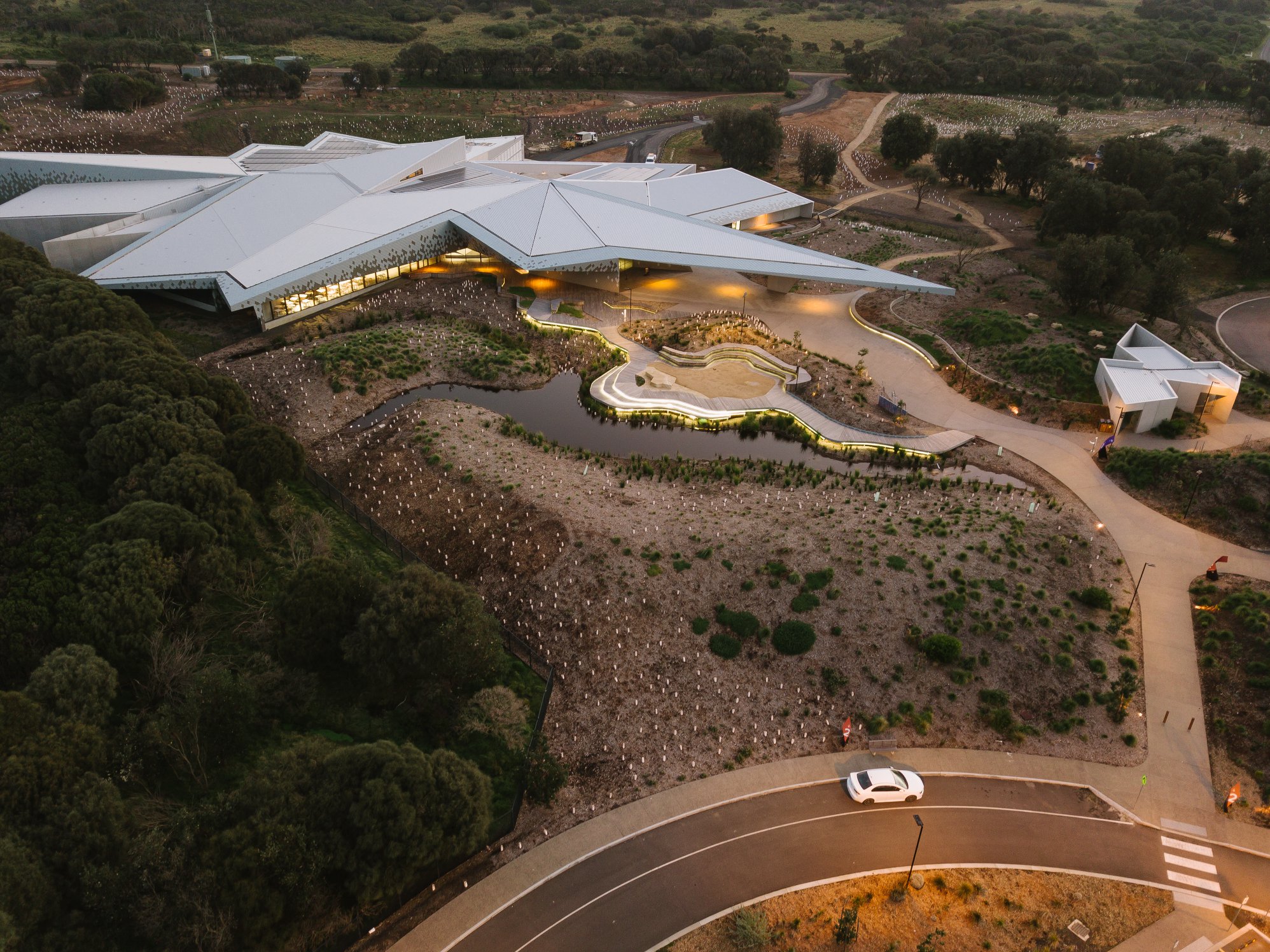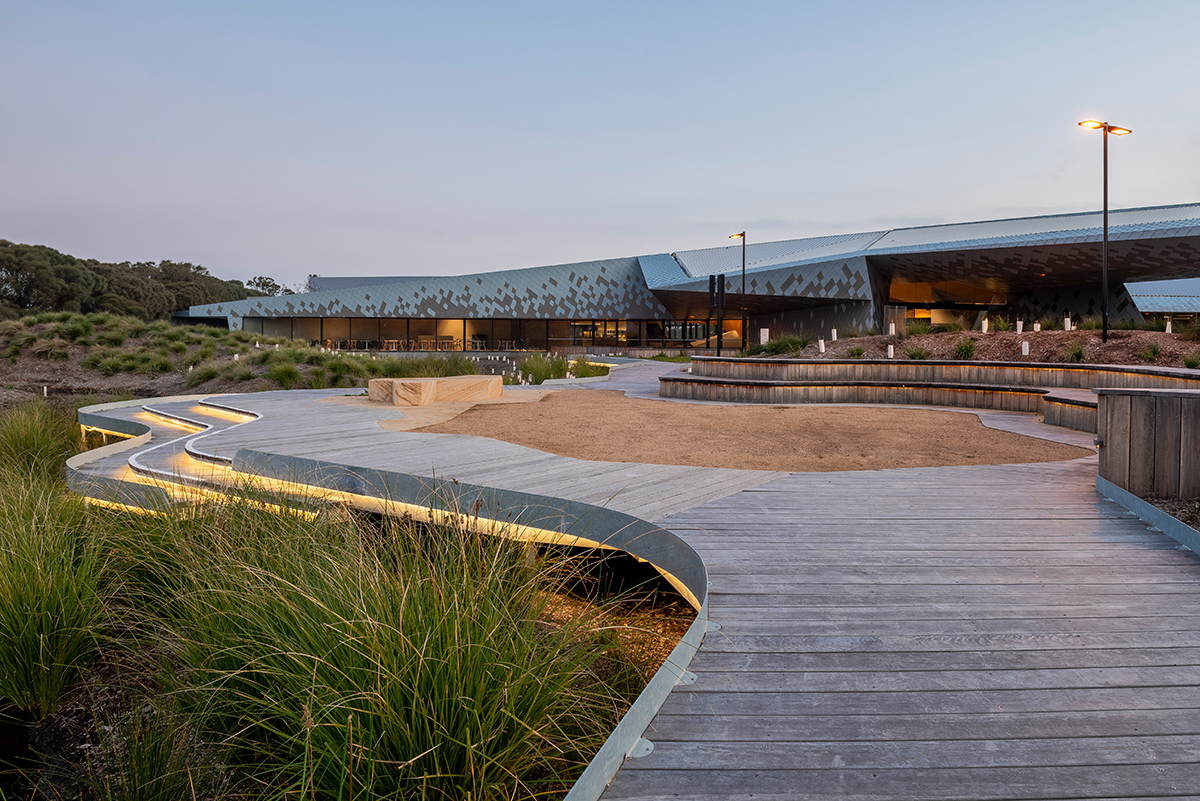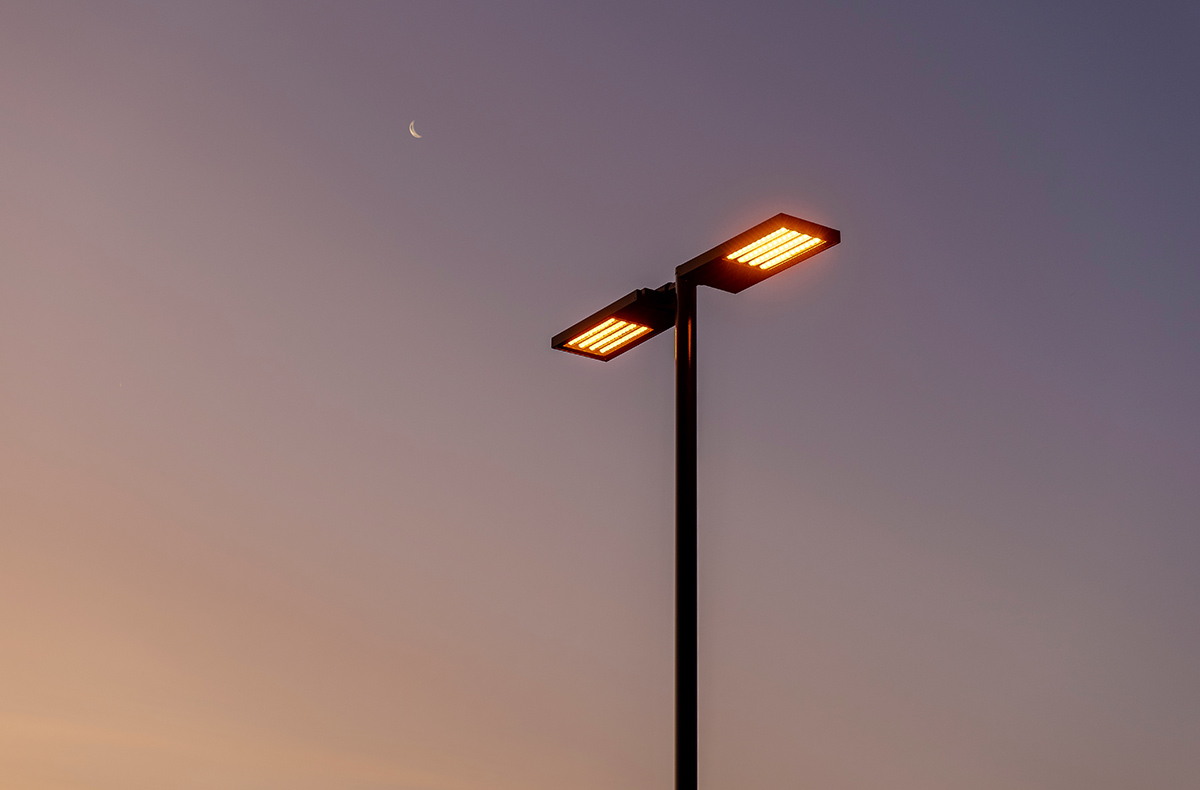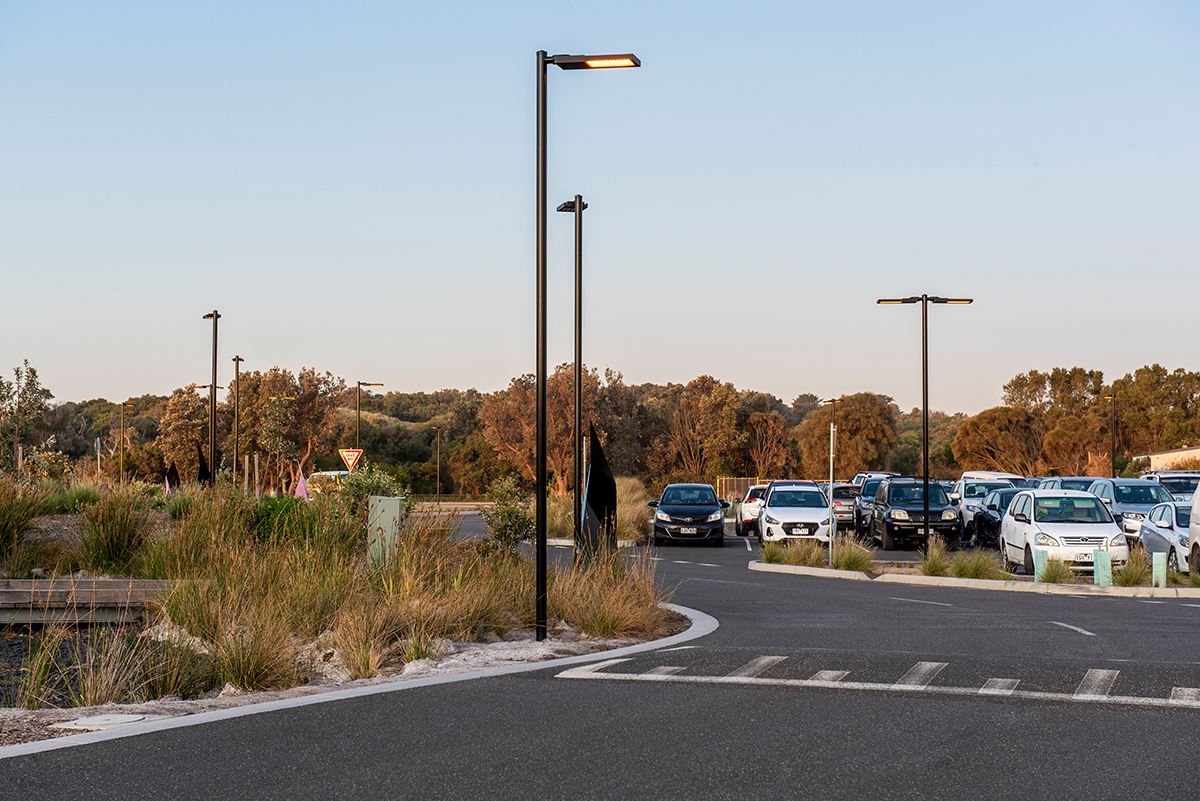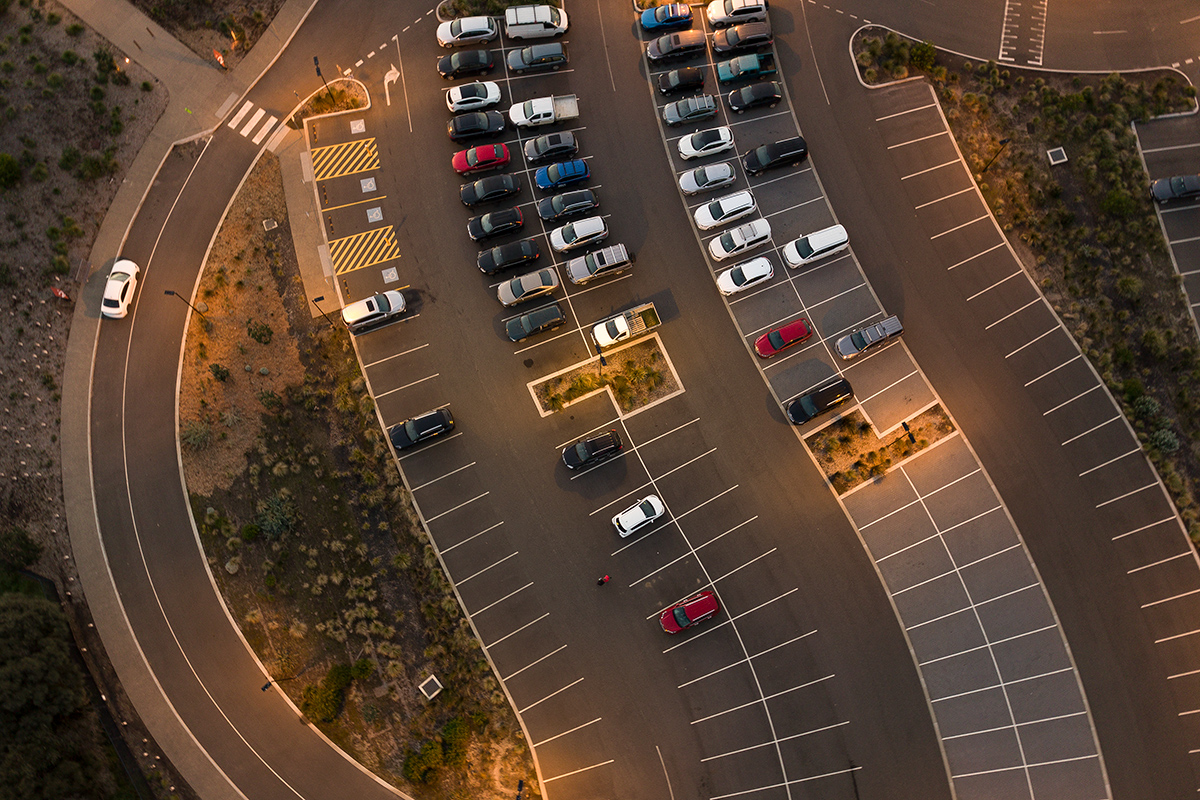Protecting Wildlife Through Illumination Penguin Parade, Phillip Island
Completed 2018
Client Phillip Island Nature Park
Product WE-EF VFL540 & DAC230
Electrical Engineer Stantec
Lighting Design Stantec
Photography WE-EF
Drone Photography Ilya Parr
Working with Phillip Island Nature Parks was a one-of-a-kind project for the team at Buckford Illumination Group. This unmissable opportunity required collaboration from specialist teams to produce a lighting solution that was functional, aesthetically impressive and minimised the impact on both animals and human visitors.
Phillip Island Nature Parks is a unique conservation organisation that operates ecotourism experiences on Phillip Island. The world-famous Penguin Parade is their main attraction for tourists to see Australia’s largest colony of little penguins and learn about them in the visitor centre.
Sensitive lighting was vital for this project, not only for the little penguins that wander to shore after a day of fishing but also to enhance the visitor experience. Buckford, WE-EF, and Stantec joined forces to deliver light for the bus and car park, ensuring safe movement for visitors without destructively affecting the areas inhabited by wildlife.
Environmental considerations were essential as vision is a critical cue for animals to orient themselves in their natural habitat. We were responsible for ensuring no adverse effects on the penguins and surrounding wildlife, including the wallabies, albatross and shearwater birds.
Consideration of the environment brought in several challenges, particularly with selecting suitable light fittings. It was critical to reduce light spillage and eliminate blue light due to its disorientating effect on animals. As a result, we had explored numerous WE-EF innovations.
Reducing this blue light spill led to the investigation into a gel substance placed over the luminaire’s lens. However, according to Buckford Senior Sales Engineer and Associate, Anthony Strangis, “due to the highly corrosive environment, these gels would require frequent maintenance,” indicating a gel substance would be unfavourable. Fortunately, WE-EF could source phosphor-coated amber LED chips to remove the blue from the spectrum. Fit with the amber chips, WE-EF VFL540 luminaires were treated with the highest coastal protection to reduce corrosion and increase longevity.
The solution, no doubt, was always going to be WE-EF. The first company to have its products certified by the ADSA (Australasian Dark Sky Alliance) Approved Program, consisting of dark sky sensitive solutions specific to wildlife and ecosystems.
Since the completion of the project in 2018, there has been a positive effect on wildlife. “The car park lighting works really well. Penguins are nesting very close to the car park fencing now, you can actually hear penguins walking through the bush and shrubbery and there have been no issues for shearwaters, so the lighting is doing what it’s meant to do,” said Jean-Paul Kirkland from Stantec. The Phillip Island Nature parks have also reported an increase in population and migration from the shearwater birds over the years due to the elimination of upward light spill and blue light, strengthening the positive impact of sensitive lighting.
The commitment from WE-EF, Stantec and Buckford generated a spectacular visual result and a ground-breaking effect on the local flora and fauna. From its inception, through to research with Dark Sky and wildlife conservators, to the final outcome, this project was equally successful and highly rewarding.
We look forward to continuing to reduce the environmental impact on natural habitats and supporting night sky preservation in future projects.

